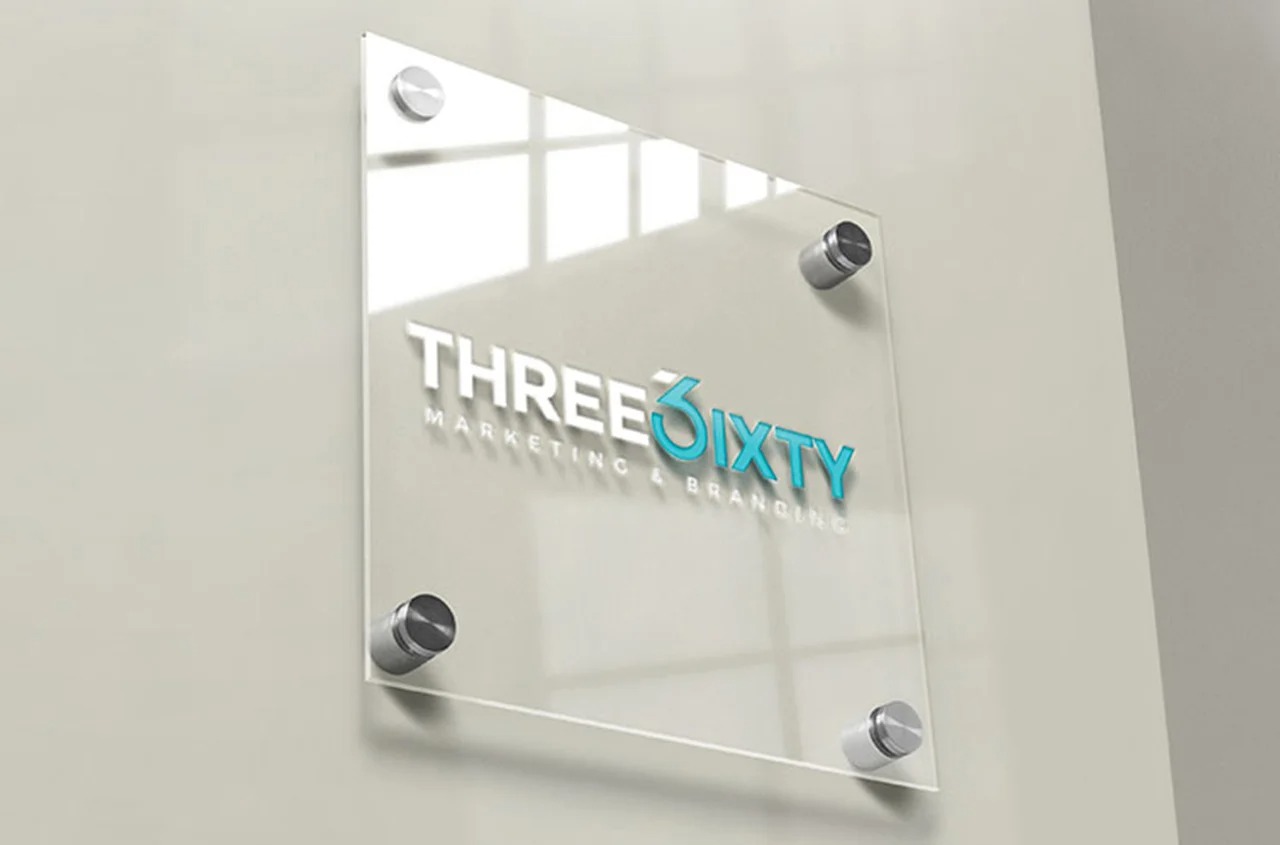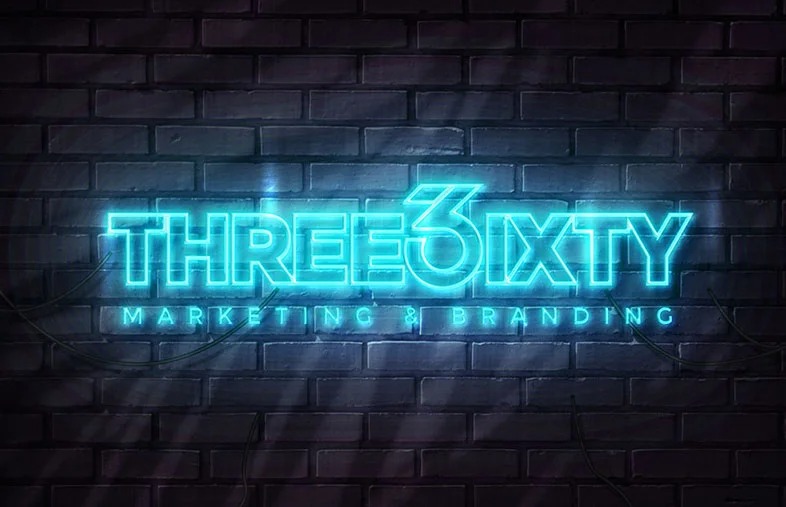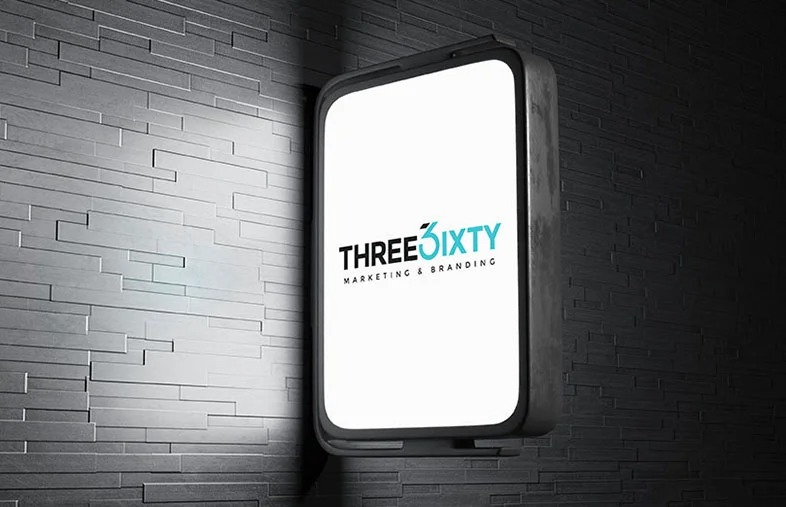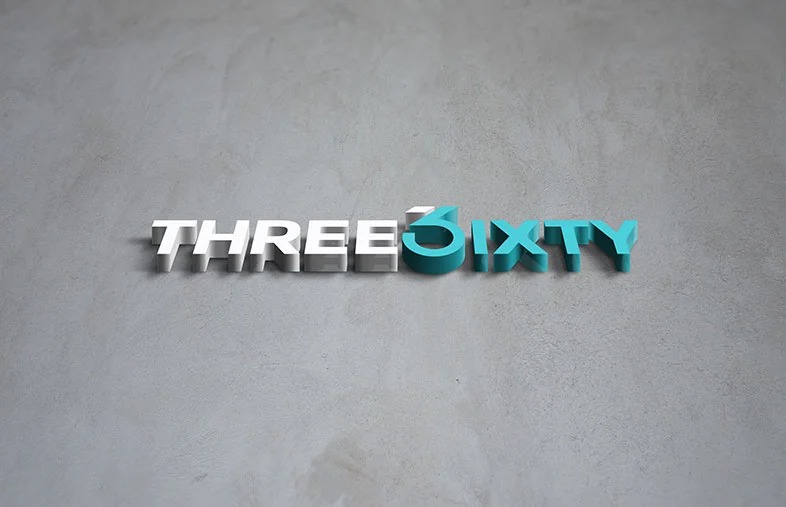Understanding Why Colour Matters in Signage
Colour isn’t just an aesthetic choice—it’s one of the most powerful elements in visual communication. In signage, the right colours can draw attention, convey emotion, reinforce brand identity, and even influence the decisions people make in just seconds. Businesses often underestimate how much colour impacts first impressions, but studies in marketing psychology show that colour can determine whether someone engages with your brand or walks past without a second glance.
In a competitive market, where every business is vying for attention, colour becomes a strategic tool. Whether it’s the bold red of a clearance banner or the calming blues of a spa sign, the shades you choose can evoke feelings, trigger associations, and set the tone for customer interactions. Understanding how colours are perceived—and how they work together—is crucial for creating signage that doesn’t just look good but also works hard to achieve your goals.
The Science of Colour Perception
Human brains are wired to respond to colour cues almost instantly. Our eyes detect light waves, which are then processed in the brain to associate specific colours with certain emotions and ideas. Red, for example, is often linked to urgency, energy, and excitement, while green tends to be associated with nature, balance, and health. Businesses can leverage these associations to guide customer responses.
For example, restaurants often use reds and yellows because they stimulate appetite, whereas financial institutions lean towards blues and greys to convey trust and reliability. The science of colour psychology isn’t rigid—cultural differences, personal experiences, and industry norms all play a role—but having an informed understanding of these principles helps brands choose colours that align with their identity and objectives. When applied in signage, these choices can make the difference between blending into the background and making a lasting impression.

Colour Associations in Business Signage
Different colours carry distinct psychological messages. In signage, this can make them powerful tools for positioning your brand in the minds of customers.
- Red – Energy, urgency, excitement. Great for sales signs and call-to-action displays.
- Blue – Trust, professionalism, calmness. Popular for corporate, healthcare, and finance.
- Yellow – Optimism, warmth, attention-grabbing. Often used for promotions and to convey cheerfulness.
- Green – Health, growth, sustainability. Ideal for eco-friendly brands and wellness sectors.
- Black – Luxury, sophistication, authority. Works well for premium and high-end services.
- White – Simplicity, cleanliness, openness. Effective for modern minimalistic brands.
- Orange – Creativity, affordability, friendliness. Great for retail and casual dining.
Choosing the right colours involves balancing brand personality, industry expectations, and psychological impact. Too many colours can confuse your message, while too few can make your signage less engaging. A strategic approach ensures your visuals support the story you want your brand to tell.
The Role of Contrast and Readability
No matter how meaningful a colour choice is, if the sign isn’t readable, it fails its purpose. Contrast plays a key role in ensuring your message stands out from its background. High-contrast combinations like black on yellow or white on dark blue are highly legible from a distance. Low-contrast pairings—such as grey on light blue—may look sleek but can be hard to read quickly.
Signage also needs to consider lighting conditions; a colour scheme that works indoors may appear washed out in direct sunlight. Similarly, illuminated signage must be tested under both day and night conditions to ensure visibility remains consistent. By pairing the psychology of colour with practical design considerations, businesses can ensure their signage captures attention and communicates clearly under all circumstances.
Cultural Considerations in Colour Choice
Colours can have different meanings across cultures, which is important for businesses that serve diverse communities or operate internationally. For example, while white is associated with purity in many Western countries, it is linked with mourning in some Asian cultures. Red may signify luck and celebration in China, while in other contexts it represents caution or danger.
This means signage for global brands or businesses in multicultural areas must be designed with sensitivity to these variations. Doing so avoids unintended negative associations and ensures your message is understood positively. Even within South Africa, with its rich cultural diversity, colour interpretations can vary, making it vital to research and test designs with your target audience before committing to a final palette.

Balancing Brand Identity and Psychology
The most effective signage colours aren’t just based on general psychology—they are rooted in your brand’s identity. If your brand already has a strong palette, it’s important to carry those colours through to your signage for consistency. However, you can still strategically adjust tones or pair them with complementary shades to achieve specific effects.
For instance, a brand with a predominantly blue identity could incorporate bright yellow highlights for sale signage without losing recognition. This balance ensures your signage both reinforces brand familiarity and harnesses colour psychology to guide customer perception. When done well, customers will instantly recognise your signs and connect them with the feelings you want your brand to evoke.
Colour Trends in Modern Signage
Like fashion, colour trends in signage evolve over time. Businesses today are increasingly experimenting with gradient effects, metallic finishes, and bold neon tones to stand out. Digital signage also allows for dynamic colour changes, meaning you can adapt your visuals to seasonal themes, special events, or changing promotions.
For example, a retailer might use vibrant reds and greens in December for holiday campaigns, then switch to pastel tones for spring sales. Staying aware of design trends helps your signage feel modern and relevant, but it’s important to maintain a core colour identity to avoid confusing customers. A timeless base palette combined with on-trend accents strikes the perfect balance between staying fresh and maintaining brand recognition.
Testing and Refining Your Colour Strategy
Even with the best research, predicting exactly how customers will respond to signage colours isn’t an exact science. That’s why testing is essential. Businesses can experiment with A/B testing by displaying two versions of a sign—each with a different colour scheme—and tracking which generates more engagement or sales. Feedback from customers can also provide valuable insights into how colours are perceived.
Over time, data-driven adjustments will lead to a refined palette that works consistently across different campaigns and environments. The key is to remain flexible and open to evolution; as your brand grows and customer expectations shift, so too should your signage strategy.
Our Expertise in Colour-Driven Signage Design
At Three6ixty, we know that colour is more than just a design choice—it’s a powerful communication tool. From the moment you work with us, we take the time to understand your brand identity, target audience, and the message you want your signage to convey. We consider not only the visual appeal of colours, but also their psychological impact—whether that’s the urgency of bold reds, the trustworthiness of deep blues, or the energy of vibrant yellows.
We use our knowledge of colour psychology alongside practical considerations such as lighting conditions, readability, and material finishes. Our team carefully assesses where your signage will be displayed—indoors or outdoors—ensuring colours remain clear, vibrant, and impactful no matter the environment. We also take into account cultural and contextual associations that might influence how your audience perceives your message.
Our advanced printing capabilities and material expertise allow us to produce signage that maintains colour integrity over time, whether you prefer a glossy, high-impact finish or a subtle, matte sophistication. We collaborate with you every step of the way, testing concepts, refining palettes, and making sure your signage not only reflects your brand but truly connects with your audience.
For us, colour isn’t just an element of design—it’s a language we’ve mastered, and we use it to make your brand unforgettable.
Making Colour Work for Your Business
Colour is one of the most cost-effective yet impactful tools in signage design. When used with intention, it can instantly communicate brand personality, evoke desired emotions, and influence customer actions.
By understanding the psychology behind each shade, respecting cultural contexts, ensuring readability, and staying attuned to both trends and brand consistency, businesses can create signage that doesn’t just exist—it works.
Whether you’re a start-up looking to make a bold entrance or an established company refreshing your image, your colour choices will be at the heart of how customers see, feel, and remember your brand.

 +27 64 525 7978
+27 64 525 7978 


